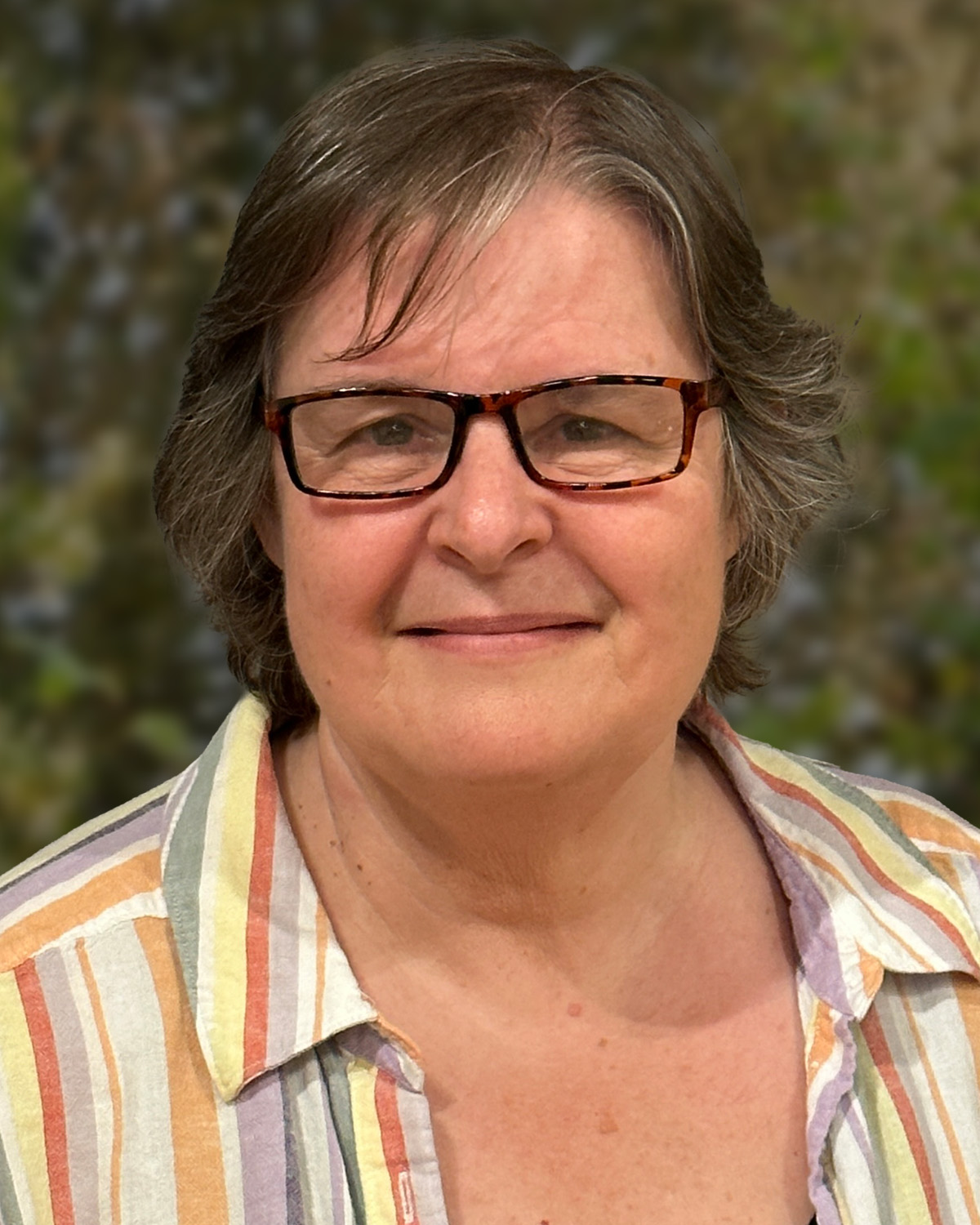In my February article, “Understanding Our Hymn Preferences,” I made a comparison between traditional and contemporary hymns, also referring to a middle area where congregations might find some common ground. I said I would write about that at another time, and that time is now.
Up to and throughout the 1960s hymns sung in churches were pretty much traditional metrical hymns. Then, in the 1970s, we started to see the emergence of the modern folk music influence – a breath of fresh air to some and “pooh-poohed” by others. That was then. Now, many of those songs have become mainstream, and have paved the way for others. It is hard to imagine our hymnbooks without music by the likes of Gordon Light, Ian MacDonald, Linnea Good, Jim Manley, Ron Klusmeier, Carey Landry, Marty Haugen, and the list goes on.
So why are these kinds of worship songs now accepted? I think has to do with both their sound and their messages. They have appealing tunes that are rhythmically interesting, easy to sing, and the texts are relatable; they represent the many facets of God and the human experience. This then, brings me to other styles that have become a large part of our church music repertoire. They include music from the Taizé Community, the Iona Community, and songs from other countries and cultures.
Taizé is an ecumenical community of brothers in France that was started by Brother Roger in1940, during World War II. As he saw Christians divided and killing each other he dreamt to have a place where all faiths and nationalities could be reconciled. For 30 years they sang 16th century chorales and the psalmody of Joseph Gelineau, but with the sudden influx of young people in the 1970s a new type of music was needed. Enter composer Jacques Berthier. He found that writing short, repetitive pieces worked the best because it encouraged congregational singing and engaged the whole worshipping body in “sung prayer,” allowing one to move into the presence of God without the constraint of many words.
Iona is an ecumenical community of men and women founded by George MacLeod in Scotland in 1938, during the Great Depression, amid prospects of war. He was an inner-city minister who was appalled by the lack of impact the church had on the lives of those most hard-hit by economic and political events. This led him to start a community in a 1000-year-old historic abbey located on the remote island of Iona. Today it has a thriving world-wide membership whose work relates to peace and justice, community, and celebration. Their tenets are what drew John Bell, a Scottish minister, and Graham Maule to the community in the 1980s. There, they developed a biblically based theology that speaks to the young and marginalized, addressing subjects such as disenfranchisement, poverty, persecution, abuse, etc. The music to which these texts are set covers a wide range of styles including rhythmic contemporary, short repetitive chants (similar to Taizé) and Scottish folk tunes. Chances are you might be familiar with their well known hymn, “Will You Come and Follow Me.” In addition, John Bell is responsible for bringing countless songs from developing countries to the rest of the world. He believes it important that their voices also be shared.
Referring back to my February article, I stated that there has been an explosion in the evolution of hymn singing since the last century, and it goes far beyond the once narrow view of only traditional or contemporary hymns. Therefore, I encourage you to take another look at the wealth of music available and hopefully, you will discover that it is, indeed, possible to find a common ground as we worship together through song.


